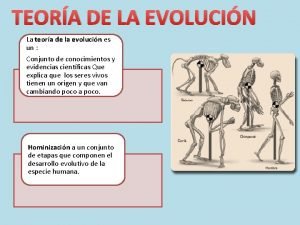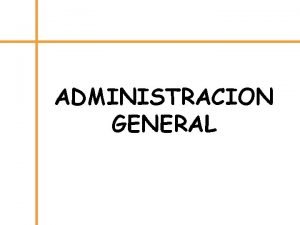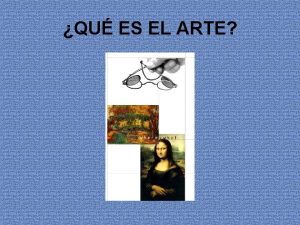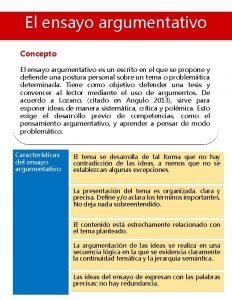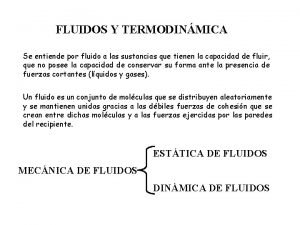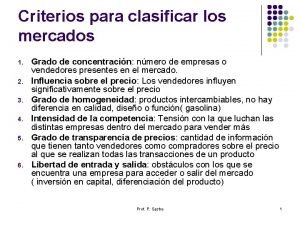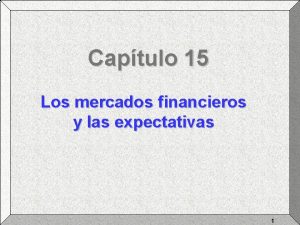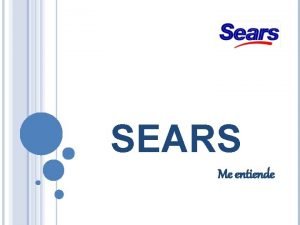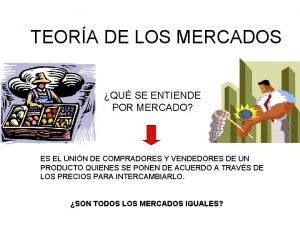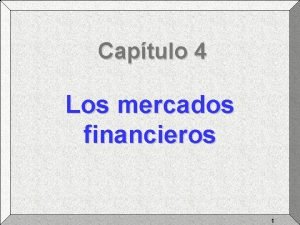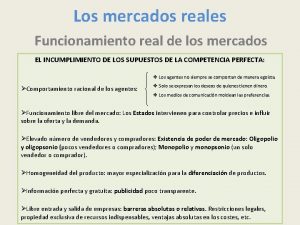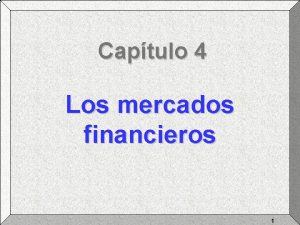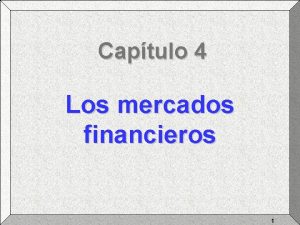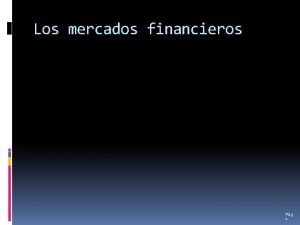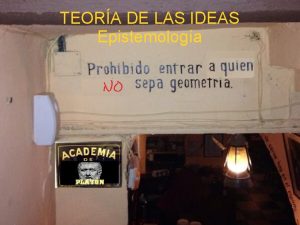TEORA DE LOS MERCADOS QU SE ENTIENDE POR








- Slides: 8

TEORÍA DE LOS MERCADOS ¿QUÉ SE ENTIENDE POR MERCADO? ES LA UNIÓN DE COMPRADORES Y VENDEDORES DE UN PRODUCTO QUIENES SE PONEN DE ACUERDO A TRAVÉS DE LOS PRECIOS PARA INTERCAMBIARLO. ¿SON TODOS LOS MERCADOS IGUALES?

LAS CARACTERÍSTICAS QUE NORMALMENTE ATENDEMOS PARA ANALIZAR LOS MERCADOS SON: • NÚMERO DE COMPRADORES Y VENDEDORES • TIPO DE PRODUCTO (HOMOGENEO –HETEROGENEO) • FACILIDADES DE UNA EMPRESA PARA ENTRAR Y SALIR DEL MERCADO. PENSEMOS POR UN MOMENTO EN ALGUNOS PRODUCTOS, EMPRESAS Y LAS CARACTERISTICAS SE SUS MERCADOS: TAXI MOVISTAR 200 MOVILNET 250

DADO QUE LOS MERCADOS NO POSEEN LAS MISMAS CARACTERÍSTICAS IDENTIFICAMOS CUATRO ESTRUCTURAS O TIPOS DE MERCADO: COMPETENCIA PERFECTA COMPETENCIA MONOPOLÍSTICA OLIGOPOLIO MONOPOLIO

CATEGORIAS DE MERCADO: COMPETENCIA PERFECTA MONOPOLÍSTICA Existe un gran número de vendedores y consumidores, ninguno tiene la posibilidad de influir sobre el precio de mercado. El producto que se intercambia es homogéneo. Ante los ojos de los consumidores el servicio o producto que le venden los oferentes es idéntico. . Los agentes que intervienen en el mercado tienen perfecto conocimiento del mismo. Existe perfecta movilidad de los factores. Las empresas que participan en este mercado pueden entrar y salir del mismo fácilmente. Existe un gran número de vendedores y consumidores. El producto que se intercambia es heterogéneo, es decir, los productos que se intercambian tienen ante los ojos del consumidor ciertas diferencias, pero se comportan como sustitutos cercanos. La empresas al ofrecer un producto diferenciado tienen cierto poder para fijar el precio. Los agentes que intervienen en el mercado tienen perfecto conocimiento del mismo Existe perfecta movilidad de los factores. Las empresas que participan en este mercado pueden entrar y salir del mismo fácilmente. . OLIGOPILIO Hay pocos vendedores en el mercado. MONOPOLIO Hay un solo vendedor. El producto que ofrece el monopolista no tiene El producto que ofrecen ningún bien que se puede ser homogéneo o comporte como sustituto heterogéneo. del mismo. Existen barreras a la EL monopolista tiene entrada en el mercado total poder de fijación del (Nuevas empresas tienen precio de su mercancía. dificultades para entrar al mercado). Las empresas tienen poder para fijar el precio de sus productos.

LLEVARÁ AQUELLA CANTIDAD QUE MAXIMICE SU BENEFICIO LA EMPRESA MERCADO ENFOQUES PARA ESTUDIAR LA MAXIMIZACIÓN DEL BENEFICIO: ENFOQUE TOTAL: LLEVARÁ AQUELLA CANTIDAD QUE HAGA MAYOR LA DIFERENCIA ENTRE INGRESOS TOTALES Y COSTOS TOTALES BENEFICIO TOTAL = INGRESO TOTAL - COSTO TOTAL

Costo fijo total = P. E. P. venta. - C. var. unit.

C. Fijo. 1 000 ________ 3 - = 500 1 precio venta - Costo unitario Deben venderse 500 platos. Menos será pérdida.

• Grafico. Ingresos Ingreso Total Ganancia 80000 70000 50000 Egresos CT Costo Fijo Pérdida 5 8 Unidades
